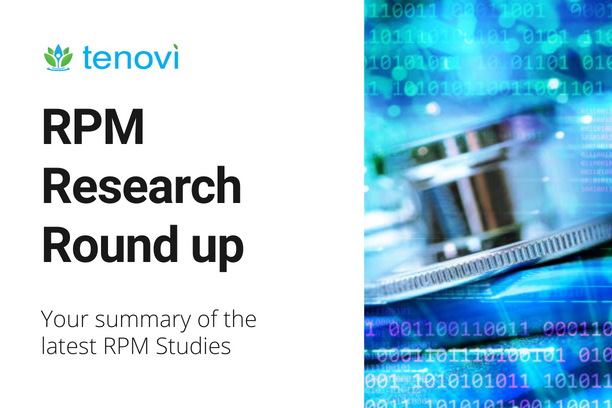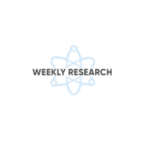Managing hypertension in pregnancy is paramount for ensuring maternal health. According to the World Health Organization (WHO), maternal health refers to women’s health during pregnancy, childbirth, and postnatal periods. While pregnancy is an exciting journey for many, it can also present unique challenges, especially for the 18 million women globally with hypertensive disorders of pregnancy, a potentially life-threatening complication.
Maternal hypertension is a condition characterized by high blood pressure during pregnancy and poses significant risks to both the mother and the baby. Blood pressure monitoring is critical in prenatal care to screen for preeclampsia. However, when managing hypertension in pregnancy with traditional blood pressure monitors, there is room for error as patients must manually take down their blood pressure readings, and the accuracy of devices may vary.
Remote Blood Pressure Monitoring
Remote blood pressure monitoring offers a promising solution. Patients take their blood pressure at home using a remote device, and the measurements are automatically transmitted to their physician for evaluation against established thresholds. Normal readings are recorded for reference, while abnormal readings trigger alerts that prompt clinicians to provide appropriate follow-up and corrective treatment.
Researchers have explored the feasibility of remote pregnancy monitoring for detecting and managing hypertension during pregnancy, particularly in underserved communities. One study found that remote monitoring of patients had higher rates of postpartum blood pressure ascertainment within 10 days of hospital discharge (91.7%) compared to those in the in-office surveillance group (58.4%). Remote monitoring also helped mitigate racial disparities in blood pressure ascertainment, with no difference in rates between Black and White patients in the remote group, unlike the in-office group.
This article focuses on a new study that explores the feasibility of remote blood pressure monitoring (RPM) for detecting and managing hypertension in pregnancy, particularly in underserved communities.
Managing Hypertension in Pregnancy
The study focused on integrating remote patient monitoring into perinatal care for pregnant patients at elevated risk of hypertensive disorders. From 2021 to 2023, the pilot cohort study at the University of Mississippi Medical Center enrolled 98 participants, predominantly from rural and Medicaid populations. The objective was to showcase RPM’s feasibility, acceptability, and safety in managing hypertension in pregnancy patients.
Out of the 98 enrollees, 77 actively utilized remote blood pressure monitoring throughout the study period. The results showed that not a single maternal or neonatal death occurred within 60 days postpartum among the participants. The researchers note that these results highlight the potential of RPM in improving maternal and neonatal outcomes.
Furthermore, the study reported high levels of program satisfaction among participants at discharge, indicating the acceptability of RPM in perinatal care. This study has significant implications for maternal healthcare, particularly in underserved communities where access to regular healthcare services may be limited.
In addition, research published in Obstetrics & Gynecology evaluated the impact of a text-message-based remote blood pressure monitoring program initiated within 10 days after delivery. Patients enrolled in the program had lower rates of adverse postpartum outcomes, such as stroke, eclampsia, and heart damage, compared to propensity-score-matched control groups. The remote monitoring group also had more cardiology visits, fewer emergency department visits and readmissions, and lower total medical costs. These findings suggest that remote blood pressure monitoring can reduce maternal morbidity and mortality due to hypertensive disorders of pregnancy up to six months after delivery.
Understanding Managing Hypertension in Pregnancy
By leveraging remote patient monitoring, healthcare providers can monitor pregnant patients with hypertension remotely, ensuring timely intervention and management. However, it’s crucial to address potential barriers to patient engagement and tailor protocols to suit the diverse needs of pregnant individuals, managing hypertension in pregnancy.
Maternal hypertension is a serious concern that requires diligent monitoring and management. These studies show the potential of remote blood pressure monitoring for managing hypertension in pregnancy as a feasible and acceptable tool for improving perinatal care, particularly in vulnerable populations. Researchers continue to explore innovative solutions to prioritize the well-being of mothers and babies, ensuring a safer and healthier journey through pregnancy and beyond.
Click here to subscribe to Tenovi’s Research Roundup newsletter, which provides weekly insights into the evolving landscape of remote health and remote patient monitoring.






